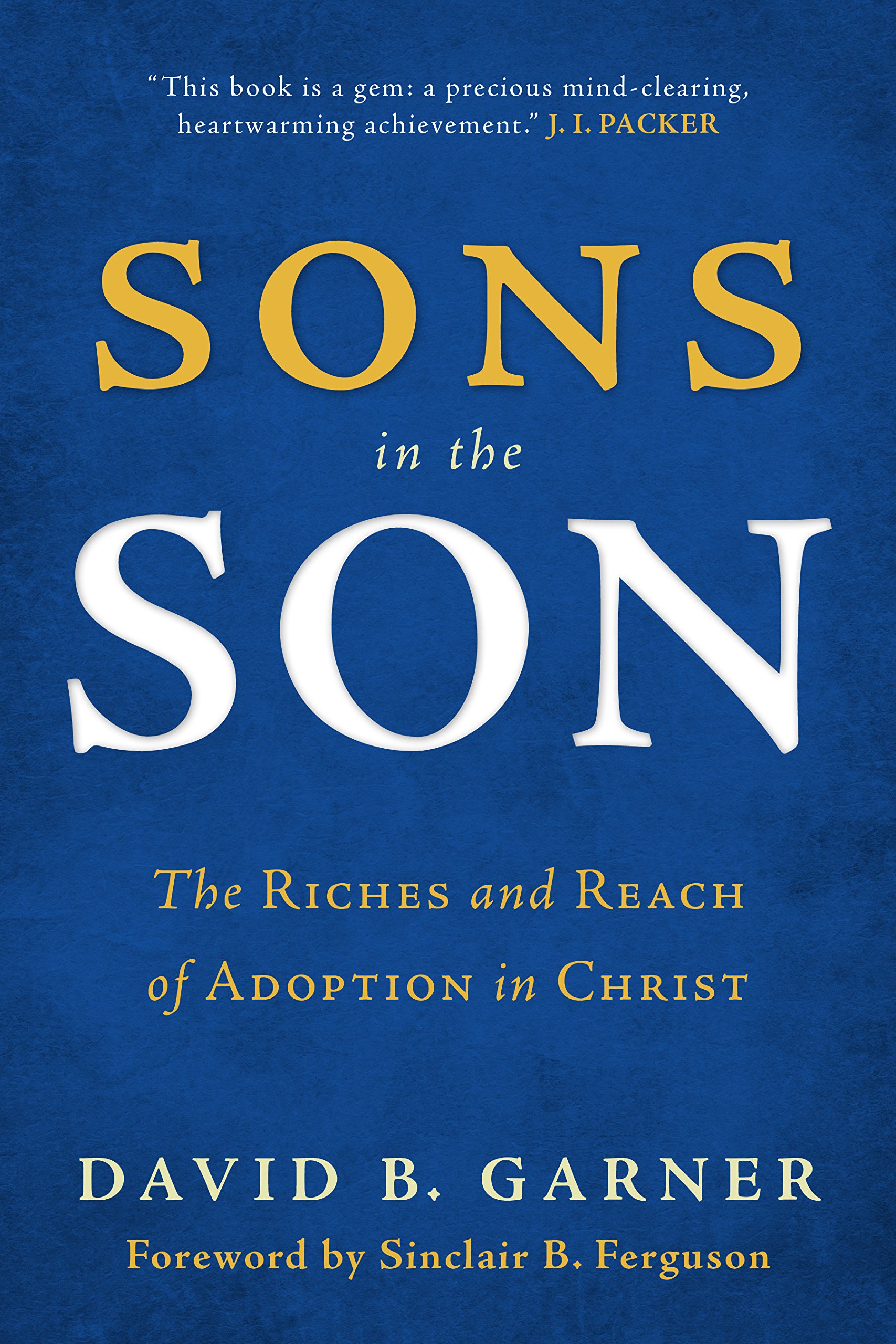A Brief Book Summary from Books at a Glance
By Benjamin Montoya
About the Author
David B. Garner, Ph.D. (Westminster Theological Seminary), is vice president of advancement and associate professor of Systematic Theology at Westminster Theological Seminary. He has taught for over fourteen years at a variety of different colleges and seminaries in different countries. He has published other books within Systematic Theology. He is also an ordained teaching elder in the Presbyterian Church in America (PCA). He has also served as a missionary. Finally, he has been a conference speaker at conferences like “Together for Adoption” and “Westminster Full Confidence.”
Summary
Introduction
In this book David B. Garner continues to flesh out the biblical and theological topic of “adoption,” not in the sense of adopting children as through human convention, but the theological adoption that believers have in Christ. Garner first investigated this topic further as part of his doctoral dissertation at Westminster Theological Seminary. But, since that time, more publications have surfaced that require further interaction with his work. In this book, then, Garner seeks to explore this theological topic further from the perspective of both Systematic and Historical Theology. But, lest one think that this work is reserved for experts only, Garner regularly reminds his readers of the practical significance of this theological topic as well. His work comes to his readers in three important sections. In the first section, he introduces the topic by considering “adoption” from the standpoint of how to interpret the word, how to understand its history and etymology, and how he explains to approach this entire larger study. In the second section, Garner explains the biblical texts throughout Scripture that are relevant to adoption. In the third and final section, he considers adoption from the perspective of both biblical and systematic theology.
Table of Contents
Foreword
Preface
Introduction
Part 1: Adoption: Hermeneutics, History, and Etymology
Chapter 1: Adoption: Scope and Point of Entry
Chapter 2: Adoption in Historical Theology
Chapter 3: What Informs Huiothesia?
Part 2: Adoption: An Exegetical and Theological Survey of the Key Texts
Chapter 4: Adoption Purposed: Father, Son, and Holy Spirit
Chapter 5: Adoption Accomplished: The Incarnate Son of God
Chapter 6: Adoption Applied: The Spirit and the Sons of God
Part 3: Adoption in Biblical and Systematic Theology
Chapter 7: Jesus Christ, the Son of God Adopted
Chapter 8: The Ordo Salutis: Fact or Fiction?
Chapter 9: The Sons in the Son: Adoption and Union with Christ
Chapter 10: The Sons in the Son: Adoption, Systematic Theology, and the Ordo Salutis
Part 1: Adoption: Hermeneutics, History, and Etymology
Chapter 1: Adoption: Scope and Point of Entry
Given that the Greek work for adoption (υἱοθεσίαν; huiothesia) is only used five times in the New Testament, devoting an entire study to it may seem like an exercise in futility. Nevertheless, just because the word itself is not used all that often does not mean that the concept itself is not important; in fact, taking the reverse position would be an “exegetical fallacy,” as Garner reminds his readers (3–4, n. 2). Rather, as Garner demonstrates in this first chapter, this topic matters immensely. He explains how this topic is central to Pauline theology, as it concerns the first and second Adam. The primary purpose of this chapter, though, is to provide Garner’s “operating presuppositions and theological method” (9). To do so, Garner provides an initial explanation of the five times that huiothesia appears: Romans 8:15; 8:23; 9:4; Galatians 4:5; and Ephesians 1:5. In each of these texts, Garner explains how he understands Paul’s use of huiothesia and shows the exegetical and theological significance of the term, especially as it relates to other topics like eschatology within Systematic Theology. Garner writes: “Though the term itself appears so infrequently, huiothesia and its familially rich concepts expose a critical Pauline theological substructure, in which huiothesia serves as a metaconcept for expressing the contours of the gospel” (19). The approach that Garner takes to explaining this larger “metaconcept” is by providing a theological exposition of the texts with a view to the historical and etymological matters associate with huiothesia.
Chapter 2: Adoption in Historical Theology
Given how theologically important the topic of huiothesia is, one would think that the history of theology would include lots of discussion about the matter. A survey of historical theology, however, reveals that this topic has received little attention. The Church Fathers, other than Irenaeus, give little attention to huiothesia. He sought to explain adoption as the “favored motif for the full scope of redemptive privilege” (21). The next theologian to address this term was Martin Luther. In Luther’s Large Catechism and in his commentary on 1 John, he wrote: “It is not enough to say that we are friends. No, John says we are called children of God” (22). Luther, however, did not develop this topic further given that justification dominated his theological thinking. John Calvin discussed this theological topic in several different places within his magnum opus, the Institutes, but he never devoted a chapter to it. The Westminster Assembly is the first doctrinal statement to give adoption its own description as a second chapter. They write: “All those that are justified, God vouchsafeth, in and for his only Son Jesus Christ, to make partakers of the grace of adoption” (26). The Puritans focused on adoption primarily as a source of. . .
[To continue reading this summary, please see below....]The remainder of this article is premium content. Become a member to continue reading.
Already have an account? Sign In
Buy the books

Sons in the Son: The Riches and Reach of Adoption in Christ